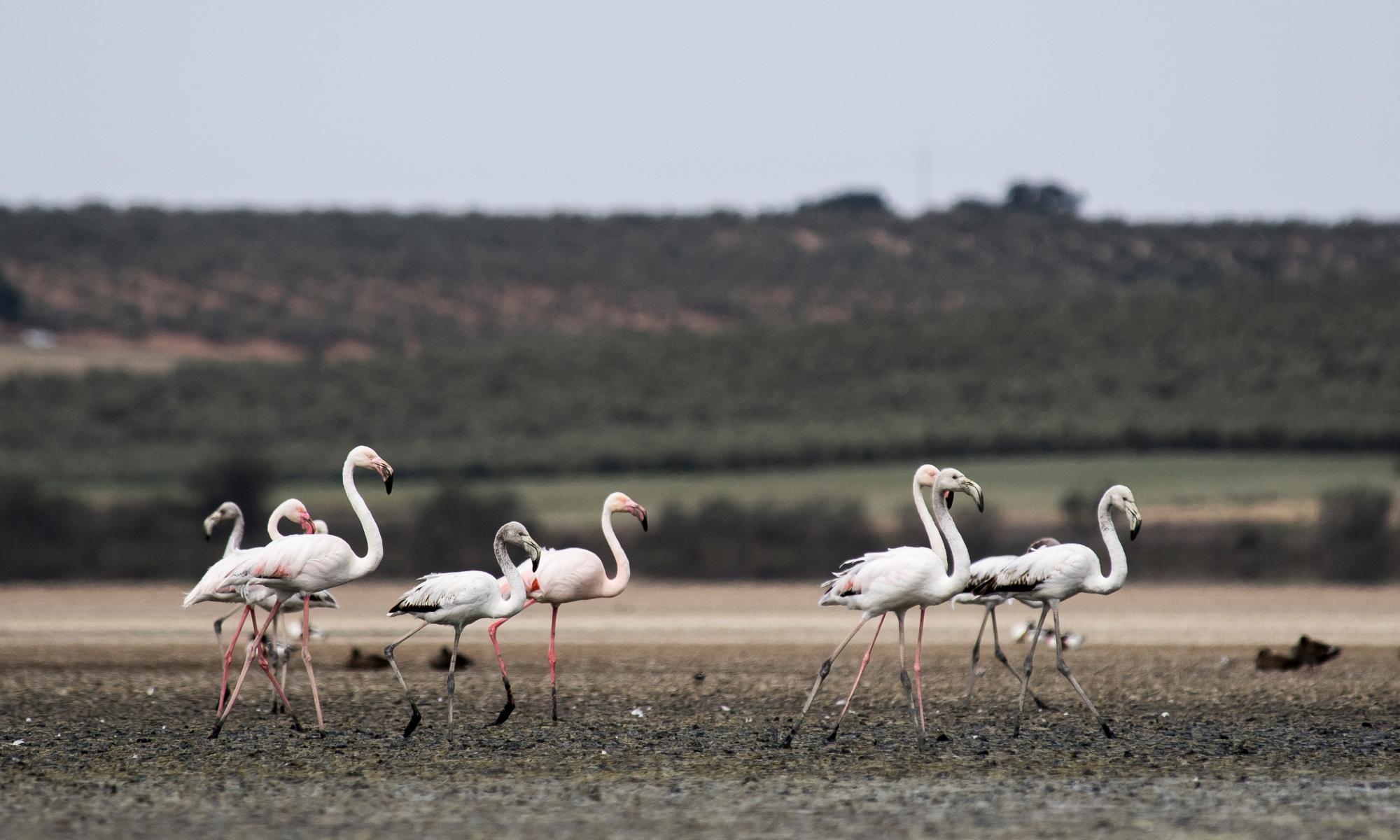The US Atlantic coast has become a breeding ground for super-charged hurricanes which are likely to batter coastal communities even harder if the world remains hooked on fossil fuels, a new study found.
Global heating caused by greenhouse gas emissions from burning oil, gas and coal is the main factor contributing to increasingly severe storms and flooding affecting the American east coast over the past four decades. Rapid intensification has led to storms gathering strength so quickly it has become increasingly difficult to provide timely warnings and evacuation orders to residents.
The warming planet is poised to bring hurricanes that intensify quicker and, with them, a heightened risk of flooding to east coast communities which modeling suggests will get even worse without radical action to curb greenhouse gases, according to the study published in the journal Geophysical Research Letters.
“The nearshore environment has absolutely become more favorable for hurricanes near the Atlantic coast and that’s very consistent with the rising hurricane intensification we’ve observed in the region,” said Balaguru, a climate scientist and lead author. “Our findings have profound implications for coastal residents, decision- and policy-makers.’
Analysing storm activity and the conditions that shaped them, the researchers found that the rates at which hurricanes gathered speed near the US Atlantic coast increased significantly between 1979 and 2018.
The Atlantic coast has a unique mix of environmental conditions not found in the Gulf of Mexico, another hurricane hotspot, that makes eastern US states particularly vulnerable to rapidly intensifying and wetter storms, according to researchers from the department of energy’s Pacific Northwest National Laboratory.
Last month, Hurricane Ian killed at least 126 people and caused widespread flooding and infrastructure damage in Florida after transforming from a tropical storm to a category 4 hurricane within 24 hours. Storms that intensify close to the shoreline pose a more serious threat to life, land and property, as rising sea levels means storm surge is higher and reaches further inland.
For a storm to explode in strength or undergo rapid intensification it requires near-perfect environmental conditions that do not happen often. But the ingredients needed for this perfect storm recipe – warm ocean surface, high humidity, low wind shear and the spinning motion of air (vorticity) – have become increasingly common as greenhouse gas emissions have built up, researchers found.
One major factor is that as the planet has warmed, the temperature difference between land and water has widened.
As higher air pressure over the cooler sea blows inland toward warmer, lower-pressure areas, the Earth’s rotation guides these winds in a cyclonic, swirling direction, sucking up warm, moist air and converting its energy into damaging winds. As moist air rises inside the hurricane’s core and cools toward the top, water vapor condenses and emits heat, further energizing the storm.
Warmer land temperatures strengthen this twisting motion that pulls humid air up, while a warmer sea surface – also a product of greenhouse gas warming – adds even more humidity, a crucial ingredient for intensification.
Another important factor is wind shear, which measures the strength and direction of wind higher up in the atmosphere.
The findings build on previous studies which found that the growing contrast in land-sea temperature is also associated with changing rainfall patterns and drought. “This study adds a new and important consequence – changes to hurricane behavior in coastal regions that could affect large populations around the world,” said Ruby Leung, atmospheric scientist and co-author.
Ian was one of the strongest storms to hit the US coast, but not the deadliest.
In 2017 in Puerto Rico, Hurricane Maria, which caused the longest blackout in US history and led to 3,000 deaths, intensified from a category 1 to a category 5 hurricane within just 15 hours. The same mix of pro-hurricane conditions could form in many other regions, including those near the east Asian coastline and the northwest Arabian Sea, according to the study.
Projections using several climate models suggest that the destructive trend looks set to continue unless fossil fuels are phased out. Balaguru said: “What we have seen is likely related to climate change. Natural variability does play a role, but to a lesser degree.”


